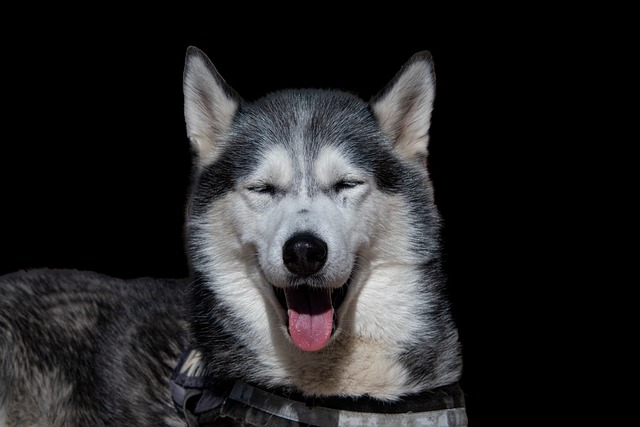
How do i train my dog to be obedient?
Watching your dog dart across the park ignoring your calls isn’t just frustrating—it can put them at risk near busy streets or public spaces.
Raising a puppy is a mix of joy and challenges, and anyone who’s been through it knows training is a big part of the journey. There’s one question that often pops up: what is the hardest age to train a puppy? It’s not a one - size - fits - all answer, but most trainers point to a specific window that tests even the most patient owners.
That tricky phase usually hits between 8 months and 14 months old. Before this, puppies are like sponges, soaking up basic commands and house rules with relative ease. But around this age, something shifts. Suddenly, the pup that once trotted to you when called might dart off chasing a squirrel. The one that reliably used the pee pad might have an accident in the corner. It’s not defiance—their brains are developing, and they’re more interested in exploring their place in the world than following orders.
 Part of what makes this age tough is their burst of energy. Adolescent puppies have more stamina than ever, making focus a struggle. A 10 - minute training session that worked at 6 months might leave them restless and distracted at 10 months. They’re also testing boundaries, seeing just how far they can push before you say “no.” It’s their way of figuring out the hierarchy, and while it’s normal, it can feel like two steps forward and one step back.
Part of what makes this age tough is their burst of energy. Adolescent puppies have more stamina than ever, making focus a struggle. A 10 - minute training session that worked at 6 months might leave them restless and distracted at 10 months. They’re also testing boundaries, seeing just how far they can push before you say “no.” It’s their way of figuring out the hierarchy, and while it’s normal, it can feel like two steps forward and one step back.
Socialization adds another layer. By this age, many puppies have had their vaccinations and are ready to meet more dogs and people. But without consistent training, they might get overexcited—jumping on strangers or barking at other pups. In many areas, there are rules about public behavior, like keeping dogs leashed in parks or ensuring they don’t disturb others. Nailing these skills during the adolescent phase isn’t just about good manners; it’s about staying on the right side of local regulations.
What helps? Short, frequent training sessions work better than long ones—think 5 minutes, a few times a day. Mixing in play keeps them engaged; a game of fetch after nailing a “sit” makes the lesson stick. Consistency is key, but so is flexibility. If your pup’s having an off day, there’s no shame in cutting the session short and trying again tomorrow.
Older puppies also start to develop fears or phobias, which can derail training. A loud noise during a session might make them skittish around that command later. Taking it slow, using positive reinforcement like treats or praise, and avoiding punishment helps build confidence. They need to trust that training is a good thing, even when the world feels overwhelming.
Sticking with it pays off. By the time they hit 18 months, most puppies start to settle into their adult personalities, and the training efforts begin to show. Those frustrating moments of ignoring commands give way to a dog that responds reliably, even in busy environments. It’s a reminder that the hard work during that adolescent phase lays the groundwork for a lifetime of harmony—both at home and out in the community.

Watching your dog dart across the park ignoring your calls isn’t just frustrating—it can put them at risk near busy streets or public spaces.

New puppy owners often find themselves rushing to clean up accidents before they set in, and that’s where puppy pad training becomes a game-changer.

If you've noticed your dog's waistline disappearing and your veterinarian has mentioned those few extra pounds, your first instinct might be to simply reduce the amount of food in their bowl.

Training a dog to use a designated spot indoors isn’t as daunting as many new owners fear, but it does take consistency and an understanding of your pet’s needs.

That moment of dread on a walk is all too familiar for many new dog owners. You see another dog approaching down the sidewalk of your neighborhood

If the sight of another dog on your neighborhood walk makes your heart sink as your own dog erupts into a frenzy of barking and lunging, you're not alone.